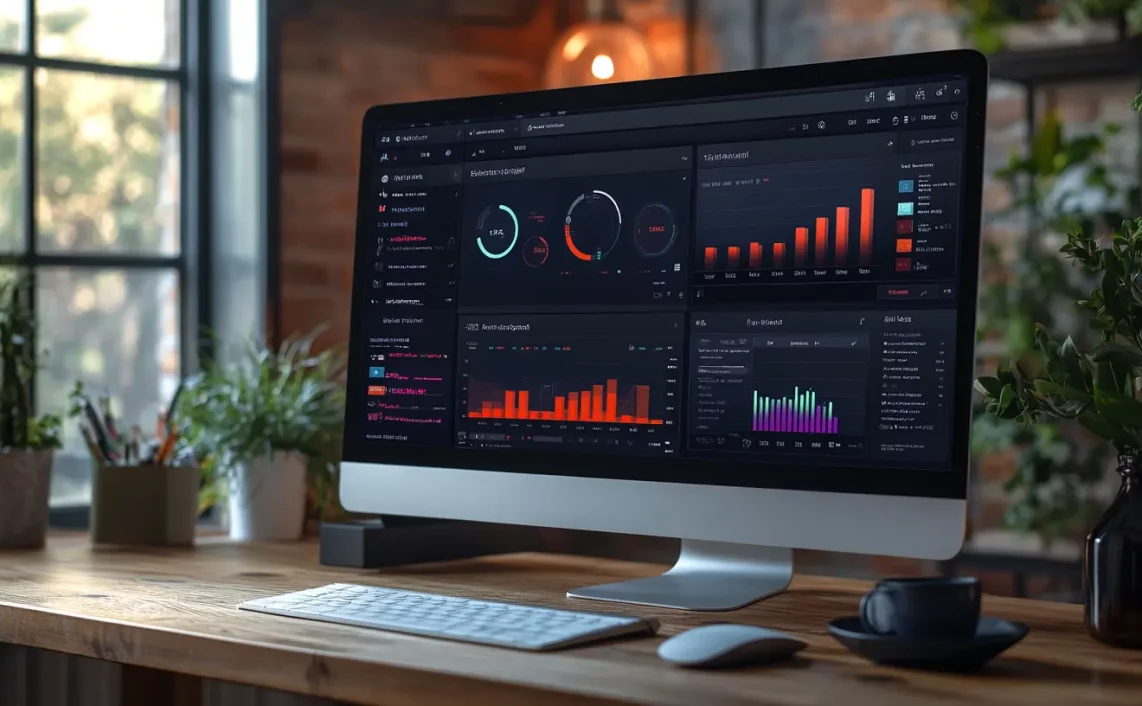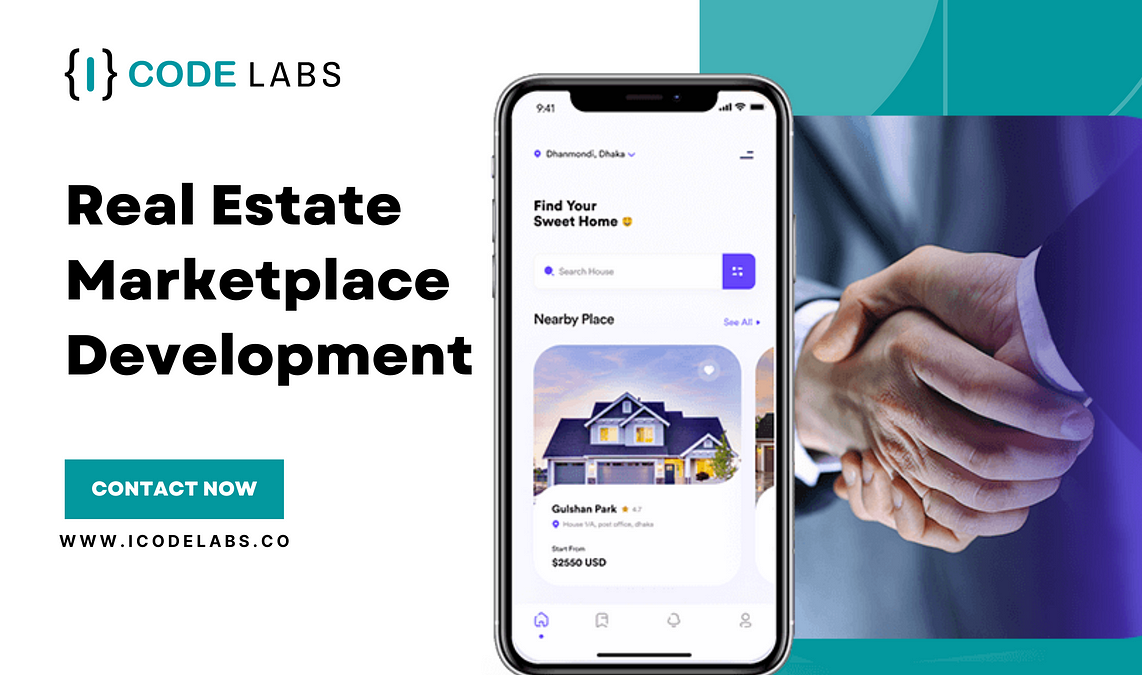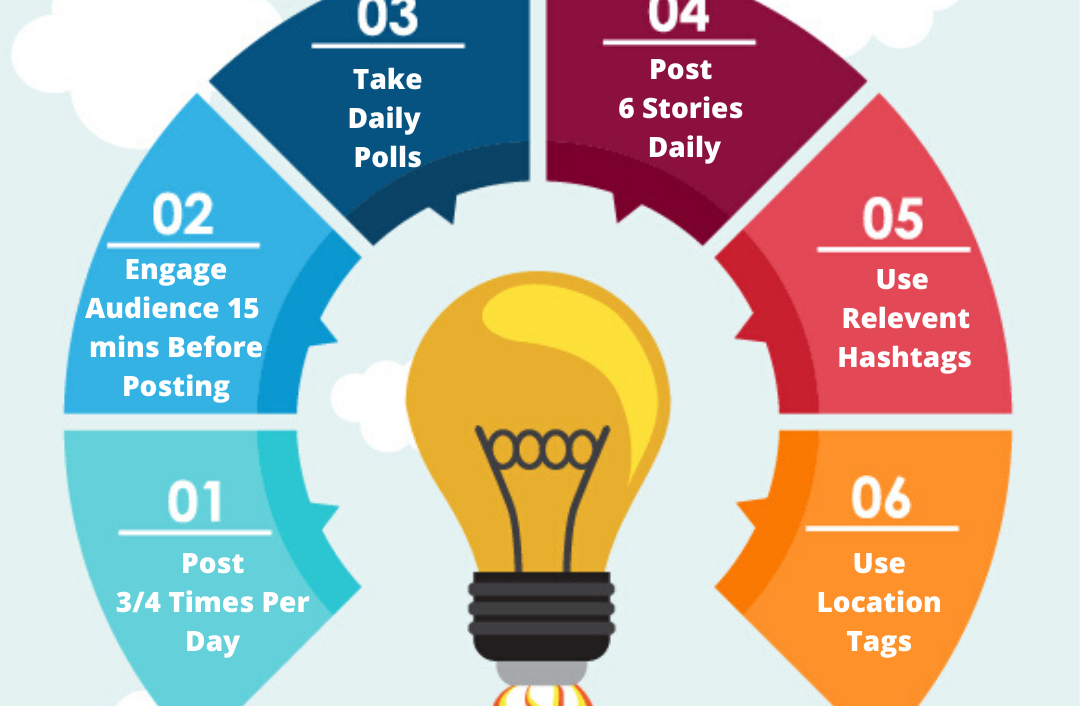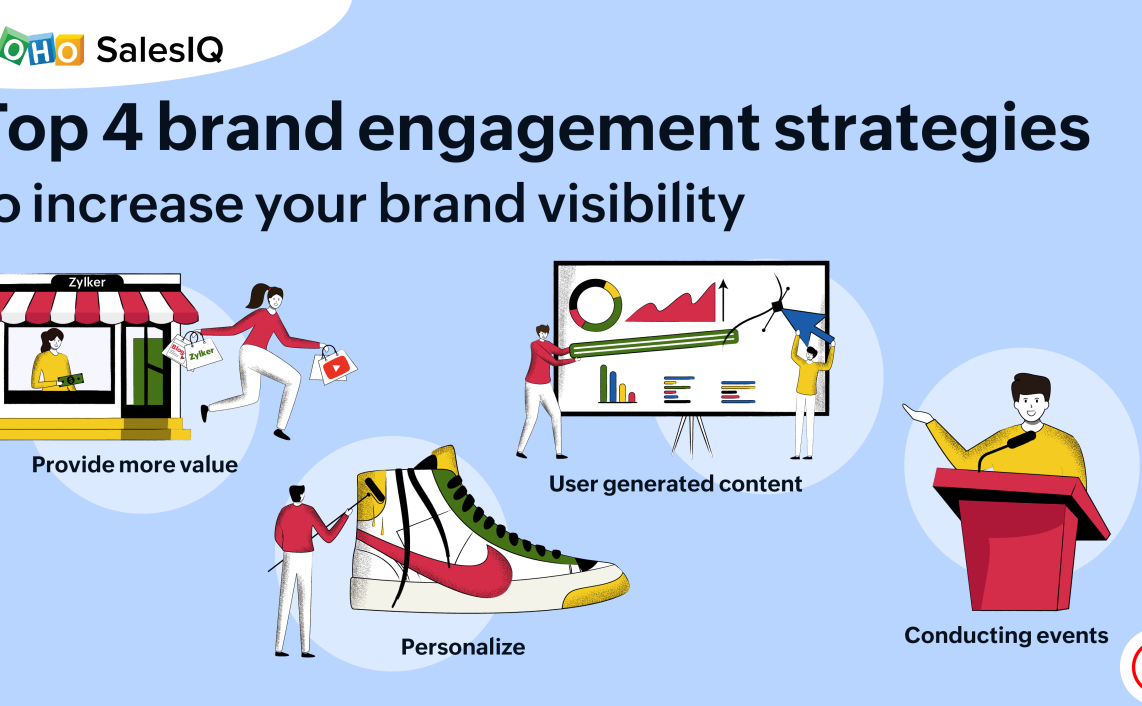YouTube Ads: Building Brand Awareness Effectively

YouTube ads offer a unique opportunity for businesses to build brand awareness. The platform reaches a massive audience and provides various ad formats that cater to different campaign objectives. By leveraging YouTube ads, businesses can effectively increase brand visibility, reach their target market, and drive brand recall.
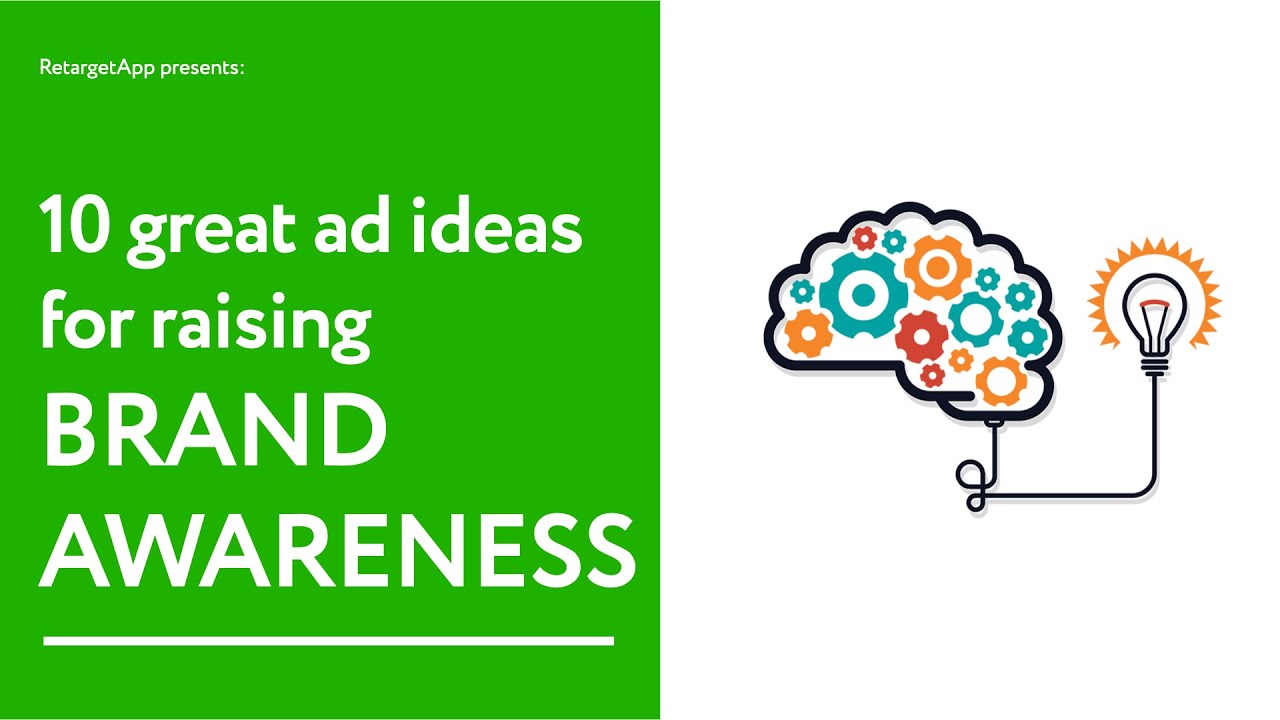
Massive Audience Reach: YouTube boasts over 2 billion active users worldwide, making it one of the most extensive online platforms. By advertising on YouTube, businesses can tap into this vast audience and increase their brand exposure. Furthermore, YouTube’s algorithm optimizes ad delivery to target specific demographics and interests, ensuring that ads reach the most relevant viewers.
Variety of Ad Formats: YouTube ofrece a amplia gama de formatos de anuncios. Public anuncios insertables y anuncios no omitibles colocan anuncios antes, durante o después del contenido de video. Anuncios de video de marca ofrecen una experiencia de video inmersivo que destaca un mensaje de marca. Anuncios fuera del flujo se muestran en la barra lateral o en la parte inferior del reproductor de video, captando la atención de los espectadores mientras navegan. Cada formato de anuncio tiene sus fortalezas únicas y permite a las empresas adaptar su estrategia publicitaria.
Segmentación Demográfica y de Intereses: YouTube permite a las empresas dirigirse a audiencias específicas basadas en su demografía y intereses. El uso de palabras clave, temas y categorías de canales asegura que los anuncios se entreguen a personas que probablemente estén interesadas en los productos o servicios de la empresa. La segmentación precisa ayuda a optimizar el retorno de la inversión publicitaria (ROI) y maximizar el impacto del mensaje publicitario.
Creación de Marca Sólida: Los anuncios de YouTube actúan como una herramienta poderosa para establecer una identidad de marca. Las empresas pueden crear comerciales convincentes que presenten sus valores únicos, misión y productos. Al utilizar imágenes, música y narraciones creativas, las empresas pueden evocar emociones, contar historias de marca y dejar una impresión duradera en los espectadores.
Seguimiento y Análisis Robustos: YouTube proporciona métricas integrales que permiten a las empresas medir el rendimiento de sus anuncios. Los análisis de vistas, interacciones y conversiones ayudan a las empresas a identificar lo que funciona y ajustar sus campañas en consecuencia. El seguimiento continuo permite la optimización para mejorar el ROI y maximizar el valor de los anuncios de YouTube.
Consideraciones Importantes:
- Crear anuncios relevantes y atractivos que resuenen con el público objetivo.
- Optimizar palabras clave y segmentación para una orientación precisa.
- Experimentar con diferentes formatos de anuncios para determinar lo que mejor funciona.
- Monitorear y analizar el rendimiento de los anuncios para realizar ajustes basados en datos.YouTube Ads: Building Brand Awareness Effectively
Executive Summary
YouTube ads offer a powerful tool for businesses to build brand awareness, reach a wide audience, and drive engagement. By leveraging compelling visuals, targeted advertising options, and engaging storytelling, businesses can effectively increase brand visibility, generate leads, and foster consumer loyalty.
Introduction
In today’s digital landscape, video marketing has become essential for businesses looking to connect with their target audience. With over 5 billion viewers worldwide, YouTube presents an unparalleled platform for reaching a vast and diverse customer base. YouTube ads provide businesses with a unique opportunity to showcase their brand’s personality, convey their message effectively, and build lasting relationships with potential customers.
Subtopics
1. Crafting Captivating Ad Content
- Storytelling: Captivating narratives that resonate with the viewer’s emotions and humanize the brand.
- High-quality visuals: Visually stunning ads that grab attention and create a lasting impression.
- Conciseness: Short and impactful ads that convey the brand’s message succinctly.
- Brand integration: Seamless integration of the brand’s identity into the ad’s narrative to enhance recall.
- Call to action: Clear and compelling calls to action that guide the viewer toward the desired response.
2. Target Audience Selection
- Demographic targeting: Targeting specific age groups, genders, and locations to ensure the ad reaches the relevant audience.
- Interest-based targeting: Targeting individuals based on their search history, watch history, and subscribed channels.
- Keyword targeting: Displaying ads alongside videos that include specific search terms or topics.
- Remarketing: Retargeting individuals who have previously visited the brand’s website or taken a specific action.
- Placement targeting: Choosing specific channels and video categories where the ads will appear to maximize relevance.
3. Optimizing for Engagement
- Ad formats: Selecting the appropriate ad format (e.g., skippable in-stream, bumper, mastheads) to suit the brand’s objectives and target audience.
- Frequency capping: Controlling the number of times an individual viewer sees the ad to prevent overexposure and maintain engagement.
- A/B testing: Experimenting with different versions of the ad to identify what resonates best with the target audience.
- Reporting and analytics: Monitoring ad performance metrics to track engagement, adjust strategies, and optimize results.
- Interactive elements: Incorporating interactive elements (e.g., polls, quizzes) to enhance the user experience and encourage participation.
4. Measuring Success
- Brand awareness metrics: Tracking key indicators such as reach, impressions, and view-through rates to measure the ad’s impact on brand visibility.
- Engagement metrics: Monitoring metrics such as likes, comments, shares, and click-through rates to gauge audience engagement.
- Conversion metrics: Measuring key conversions (e.g., website visits, lead generation, sales) to assess the ad’s effectiveness in driving tangible results.
- Return on investment: Calculating the ROI of the ad campaign to evaluate its cost-effectiveness and optimize future investments.
- Competitive benchmarking: Comparing ad performance to industry benchmarks and competitor metrics to identify strengths and areas for improvement.
5. Collaborating with Influencers
- Identification: Identifying influencers whose values and target audience align with the brand.
- Content creation: Collaborating with influencers to create authentic, engaging content that showcases the brand’s products or services.
- Authenticity: Ensuring that the influencer’s promotion is genuine and aligns with their personal brand.
- Cross-promotion: Leveraging the influencer’s social media channels to amplify the brand’s reach and generate additional buzz.
- Brand awareness: Utilizing influencers to expand brand awareness beyond the company’s existing following and connect with new audiences.
Conclusion
YouTube ads provide businesses with a powerful and versatile platform for building brand awareness, driving engagement, and achieving their marketing objectives. By leveraging captivating ad content, targeting the right audience, optimizing for engagement, measuring success effectively, and collaborating with influencers, businesses can harness the power of video advertising to establish a strong brand presence, reach new customers, and foster lasting relationships.
Keyword Tags
- YouTube advertising
- Brand awareness
- Video marketing
- Audience targeting
- Ad optimization

